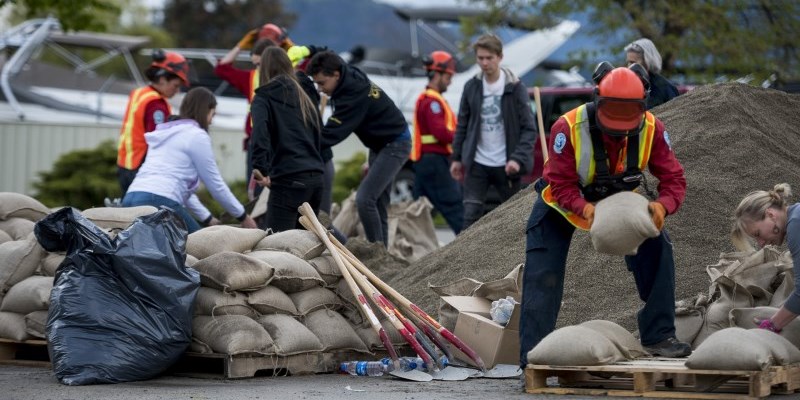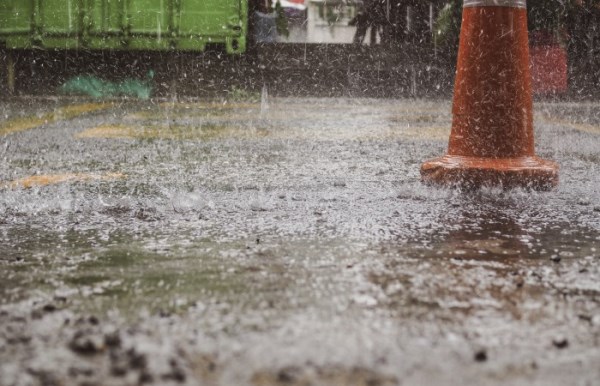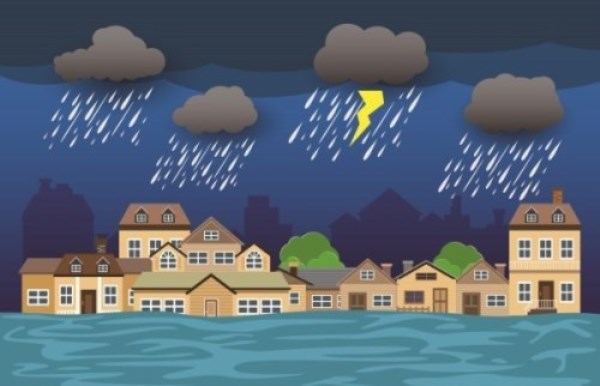Storms and Flood
Are You Prepared?
Floods are the most common natural disaster in the United States. Floods cause more deaths and damage than any other severe weather event. In San Luis Obispo County, flooding most commonly occurs after periods of heavy rain and winter storms. San Luis Obispo County is also at risk of a levee break or dam failure which can cause flooding in inundation areas.
Winter storms cause flooding, mudslides and other issues, such as power outages. Take small steps to prepare, survive, and be safe before, during, and after the storm. Help protect yourself and your family during the winter storm and flood season.
If you are in need of sandbags or other supplies, you can purchase them here (for the Spanish version, click here). Due to high demand, residents should call and confirm availability before arrival.
Many locations around the county have sand available to residents (for the Spanish version, click here). Bringing your own sandbags and shovel is necessary at most locations.

Before the Storm or Flood |
||||||||
|
||||||||
During the Storm |
||||||||
|
||||||||
After the Storm |
||||||||
|
||||||||
Protect Your Home |
||||||||
|
||||||||
Understanding Flood Terminology |
||||||||
|
The National Weather Service issues flood alerts using specific terms. The terms tell you what action, if any, you should take.
|
||||||||
|
Gifford / Madre Burn Scars Resident Information |
||||||||
Contact Us
The County Office of Emergency Services (OES)
1055 Monterey Street D430
San Luis Obispo, CA 93408
County OES Business Line: 805-781-5678
County OES Business Email: oes@co.slo.ca.us






